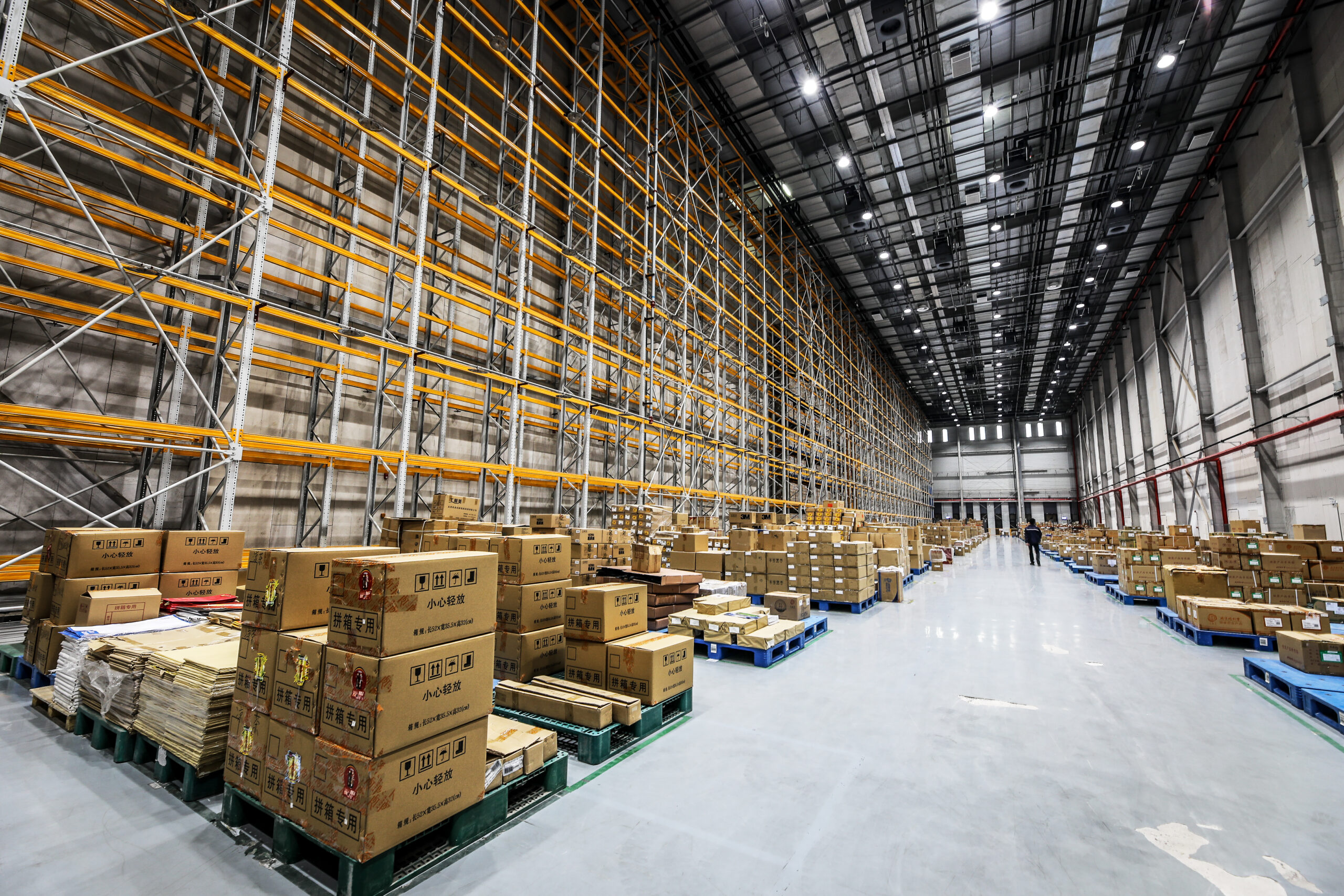It is not a secret anymore that consumers want everything to be delivered to them as quickly as possible. The growth in Quick Commerce shows that retailers do not have many options: they either have to be the fastest or provide a very special, luxury service. This is having an effect on where goods are going and how logistics fulfil them. During Home Delivery Europe our editor Nick Bozhilov took part in a panel on the future of urban warehousing and micro-fulfilment centres. Nick was joined by Jos Miermans, Business Partner, etheclo; Evgeny Knafel, Co-CEO, Cleanbox Ltd; Lu Zheng, Transformation – Warehousing & Distribution Automation, Philips.

‘The market is still trying to come up with a clear identification of what MFC is and each segment has a somewhat different vision,’ began Evgeny when asked how organisations can define micro-fulfilment centres and micro-hubs. One of the prevalent views is that such centres are a logistics and business solution that enables efficient multimodal last mile consolidation and distribution and at the same time offloading (or maybe even making absent) centristic hub-focused distribution models. It brings all of the fency concepts of just–in-time, lean and so on to the consumer. It gives the suppliers (e-commerce, retailers, service providers) an opportunity to create value in the last mile by allowing a more efficient and consolidated delivery to the end user.
Jos agreed on that point saying that MFCs can be an ideal consolidation point for the last mile. Lu looked specifically at how large organisations like Phillips can leverage last mile inventory stock points to serve the growing e-commerce biz. ‘From a balance of cost vs Lead Time tradeoff, it’s also interesting to play with segmentation / commercial pricing on e-commerce product SKUs with standard retail SKUs,’ he went on saying.
The perfect amount
‘It is difficult to say what is the perfect amount of MFC,’ explained Jos. MFC could and should allow consolidation of the final delivery and in that way decrease the number of movements in the city. ‘They will also allow for greener deliveries and calm down some groups that are annoyed by delivery vans.’
Lu agreed it is hard to find the right amount maybe because consumer habits and behaviour is changing all the time. ONe of the benefits of MFCs however is the flexibility they provide that could enable faster response when consumers pivot.
‘I’d define that an MFC should be located at a 5-30 minutes drive from every potential customer,’ said Evgeny. In the model his company uses, which is more customer centric, MFCs should be 300-500 metres apart (depending on the geography but roughly 1 MFC per 10,000 habitats).
Replenishment
How MFCs are replenished depends on multiple factors. For Lu one of them is the overall model of sustainability and how each organisation defines it. ESG factors should also be included. Evgeny looks through a different lens where suppliers drop off their goods at a specific point which then serves as a hub area for the MFCs.
For Jos MFCs will be reached by a variety of vehicles. This could include not just EVs and cargo bikes but also robots and drones. Unconventional ways should be explored, according to the people on the panel. For cities with waterways Jos also looks at how boats can be used.
Ownership
One of the benefits of MFCs is that they can have a model of shared ownership. ‘I believe there should be several platforms that allow different types of SLAs, services, special requirements and are shared by multiple players. Municipalities should provide access to infrastructure (zoning, conversions of usages, public areas) and by this improving the environmental impact and improving service to citizens,’ summarised Evgeny.
Having one builder and getting them to do the full Engineering, Design, Procurement & Maintenance will be theoretically cost effective for users (companies) with the desire to have MFCs. On the other hand, the one builder and operator will be the biggest benefactor out of this model.


